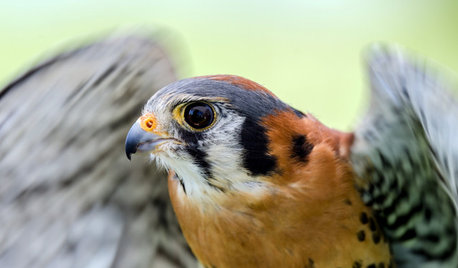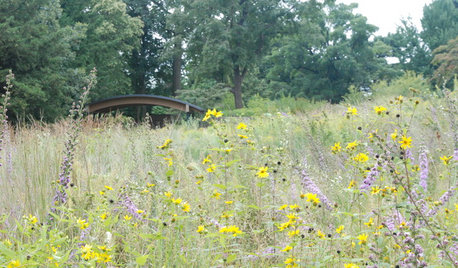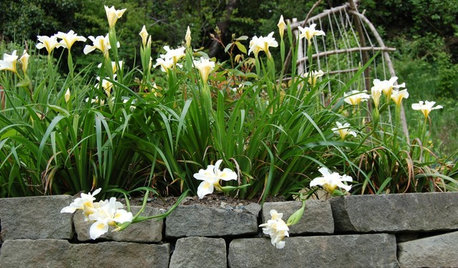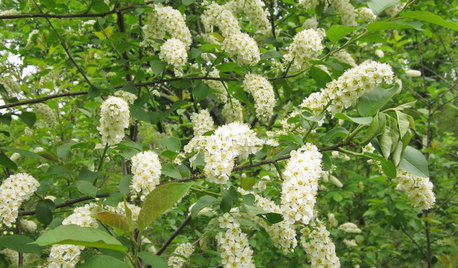Seed Identification
FshyPlnts
12 years ago
Related Stories

GARDENING FOR BUTTERFLIESA Quick-Start Guide to Bird-Watching for Fun and Learning
Set out some seed and grab your field guide. Bird-watching is an easy, entertaining and educational activity for the whole family
Full Story
GARDENING GUIDESHow to Find the Right Native Plants for Your Yard
Find plant maps, sale sites and guides that make going native in the garden easier than ever
Full Story
GARDENING GUIDES6 Steps to Creating Your Butterfly Garden
Encourage these fanciful winged beauties to visit your garden while helping restore their fragmented habitat
Full Story
GARDENING FOR BIRDSWild Birds Transform a Woman’s Garden and Life
How Sharon Sorenson created a wildlife haven and became the Bird Lady of Southern Indiana
Full Story
GARDENING GUIDESBackyard Birds: Create a Home for American Kestrels
These copper-colored birds of prey can be found throughout North and South America and often find habitats near human activity
Full Story
GARDENING GUIDESHow to Find the Right Plants for Your Garden
Break free from choosing plants by cold-hardiness zones for a beautiful landscape that thrives year-round
Full Story
GARDENING GUIDESTop 10 Native Plants for the Pacific Northwest
More than just gorgeous and adaptable, these standout plants convey a sense of place
Full Story
GROUND COVERSNative Alternatives to English Ivy, Japanese Pachysandra and Periwinkle
These shade-loving ground covers are good for the environment and say something about where you are
Full Story
TREESNative Plant Alternatives to Invasive Common Buckthorn
Learn how to identify and control this aggressive plant, and what to grow in its place
Full StoryMore Discussions







MissSherry
imabirdnut
Related Professionals
Alexandria Landscape Contractors · Edmond Landscape Contractors · Surprise Landscape Contractors · Byram Landscape Contractors · Fort Myers Landscape Contractors · Haverhill Landscape Contractors · Little Ferry Landscape Contractors · Oviedo Landscape Contractors · Golden Valley Landscape Contractors · Cockeysville Fence Contractors · Meadow Woods Fence Contractors · Wilson Fence Contractors · Atlantic Beach Window Contractors · Kearns Window Contractors · River Forest Window ContractorsTiffany, purpleinopp Z8b Opp, AL
MissSherry
imabirdnut
FshyPlntsOriginal Author
MissSherry
Tiffany, purpleinopp Z8b Opp, AL
MissSherry
FshyPlntsOriginal Author
Tiffany, purpleinopp Z8b Opp, AL
butterflymomok
butterflymomok
FshyPlntsOriginal Author
FshyPlntsOriginal Author
Tiffany, purpleinopp Z8b Opp, AL